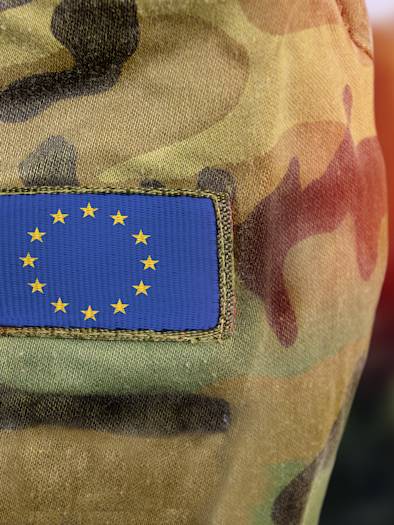
Ireland’s first female Taoiseach?
Ireland’s electoral system is notorious for how tortuously long it takes to count votes and assign all of the 160 seats of Dáil Éireann, Ireland’s lower legislative chamber, to the incoming batch of TDs (MPs in local parlance). This is due to the form of proportional representation employed in the country’s general election, the single transferrable vote.
But result of the tally of first preferences was nothing if not seismic.
Sinn Féin has completely upset the applecart of Irish politics. It hasn’t just engendered a three-way split of first-preference votes, for the first time disrupting the anomaly of a political duopoly where both major parties sat cosily somewhere on the centre right. While a mere 0.1% share of the vote separate the three, some exit polls have Sinn Féin emerging as the most popular party on first preferences, pushing Taoiseach Leo Varadkar’s Fine Gael governing party into an embarrassing third place.
That duopoly was based on a forgotten split of Fianna Fáil (FF) and Fine Gael (FG) back in the days of Irish independence – a legacy that had unreasonable longevity in Irish politics but seems to at last have been rendered redundant. Ironic then that the very progenitor of both those parties – Sinn Féin, although in a re-invented guise – has now come to spoil the party and kill the cosy consensus of relative political inertia from both FF and FG.
Ireland had long been a relatively socially, fiscally and politically conservative society, which was why that centre-right duopoly persisted for so long. But those days are long gone, and the rude irruption into political relevance of a decidedly left-wing Sinn Féin south of the border is the last nail in the coffin of old Ireland. There has been a clear shift in attitudes and mood in the country, as attested by both the overwhelming referendum results enshrining marriage equality and women’s right to choose. Those broad consultative ballots also had the effect of giving Irish people a taste for a meaningful and impactful voice in shaping the future of the country. It was naïve of the establishment politicians to think that they wouldn’t exercise it with gusto at the ballot box come general-election day.
Perhaps the greatest irony is non-role of Brexit in the Irish general election. Sinn Féin had long been considered toxic and unelectable in Ireland, as long as they continued to noisily advocate for a unification of the island and were the political arm of armed, active, irredentist terrorism. And while they are currently the only pan-Ireland political party, they wisely campaigned not a jot on pan-nationalist policies. Sinn Féin’s leader – Dubliner Mary Lou McDonald – is no Gerry Adams either. The party rather focused on the bread-and-butter domestic issues that have reached crisis point and which the minority FG government was seen to be either wilfully ignoring or making a total hash of, and which FF, in its confidence-and-supply deal, was implicit in supporting. Leo Varadkar mistakenly thought he would get an electoral bounce out of his holding strong in the face of immense British pressure during the Brexit negotiations, and a booming economy.
While there was a national consensus to pull together and support the government in face of the bigger Brexit challenge, resentment was already simmering on a raft of domestic issues against a government that was seen at best to be out of touch and at worst incapable and crony. Extolling the success of a booming economy rang bitterly hollow to an electorate suffering from a chronic housing shortage, soaring rents and priced out of the housing market ladder, and in the face of crumbling public services, most notably in healthcare.
In retrospect, Sinn Féin’s biggest electoral mistake was to not field a sufficient number of candidates to make sufficient hay from the electoral swing. That means that even if it does emerge as winning the biggest share of first-preference votes by a whisker, it still won’t return as many TDs as FF or FG. Parliamentary arithmetic could see those parties form a grand coalition of the centre right, but that would be to badly misjudge and wilfully disdain the election results. Others tout a rainbow coalition of green, red and independents. Either way it’s too early to tell, and we will have to wait a few days yet for that tortuous ballot count to conclude. But having had two very successful female presidents, could Ireland at last see her first female Taoiseach?
An Irish national, George Candon is Strategy Director at H+K Belgium








